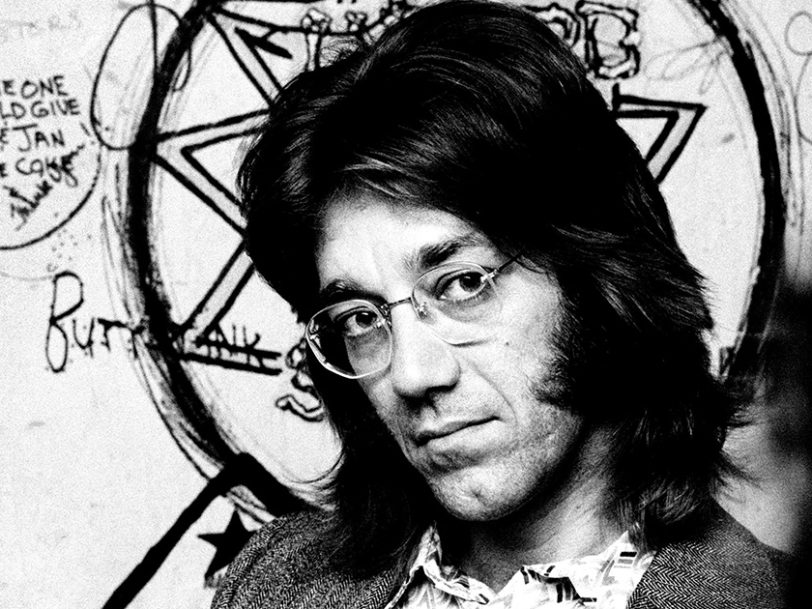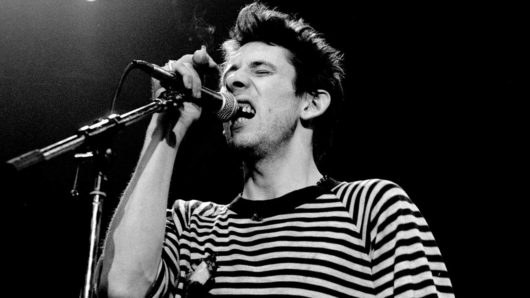Jim Morrison himself said “I’ll always be a word man”, and while he provided The Doors with their voice, their sex appeal and some of the best lyrics in rock history, he needed his bandmates’ decisive musical input when it came to realising their collective vision – something which the best Ray Manzarek performances delivered in spades.
The Doors had a significant head-start with Manzarek. Their tall, imposing and studious-looking keyboard maestro made his name in the rock idiom, but he had a dexterity which left most of his peers reeling. Able to play basslines with his left hand while performing magical organ and piano melodies with his right, Manzarek drew upon boyhood influences from jazz and classical music, as well as the tough urban blues that blasted from his native city of Chicago, and he adroitly blended them to create a distinctive and highly innovative sound all his own.
Here we salute this singular musician by selecting the best Ray Manzarek performances of all time.




